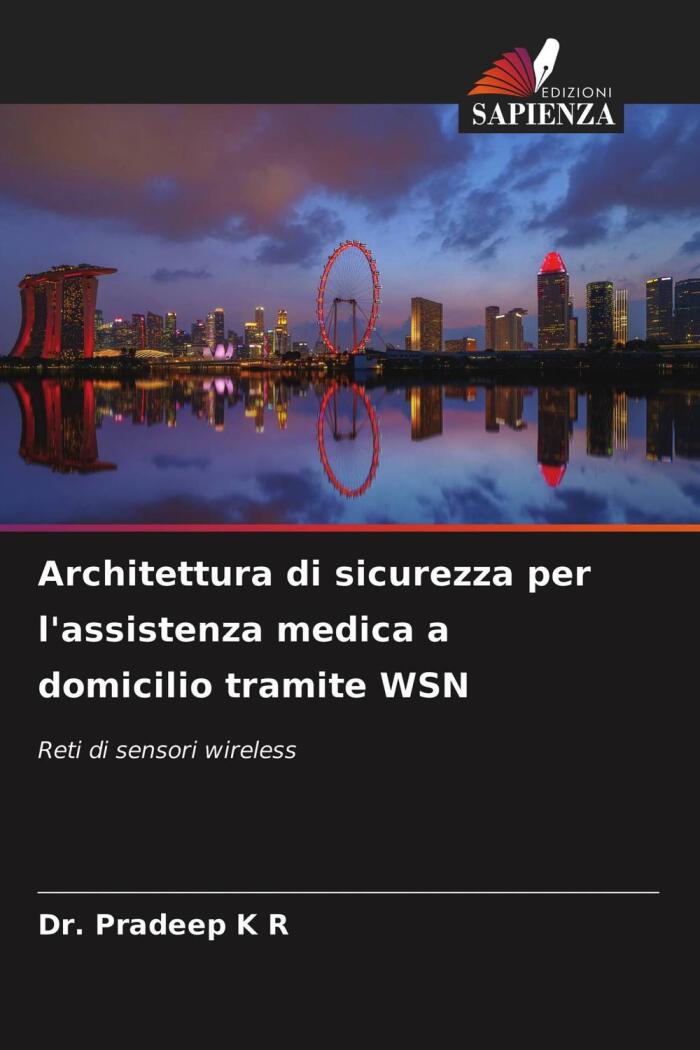
Architettura di sicurezza per l'assistenza medica a domicilio tramite WSN: Reti di sensori wireless
由
Dr. Pradeep K R
还没有评分
Health & Wellness
格式
平装书
页数
52
语言
意大利语
已发布
Feb 23, 2021
出版商
Edizioni Sapienza
版本
1
ISBN-10
6203351547
ISBN-13
9786203351545
描述
Dr. Pradeep K R delves into the intricate world of healthcare, particularly focusing on home medical assistance through the innovative use of Wireless Sensor Networks (WSN). This exploration sheds light on how technology can transform patient care, making it more efficient and accessible. The landscape of healthcare is evolving, and Dr. K R emphasizes the importance of integrating advanced systems that ensure security and reliability in monitoring patients at home.
As the healthcare system becomes increasingly complex, the demand for effective, remote monitoring solutions grows. The author outlines various strategies for implementing WSNs in home healthcare settings, providing insight into the architecture that underpins these networks. He also discusses the challenges and best practices for ensuring data integrity and patient safety while maintaining a user-friendly approach for healthcare providers and patients alike.
With an eye on the future, Dr. K R combines theoretical knowledge with practical application, making a compelling case for the adoption of these technologies. His work not only highlights the potential of WSNs to improve patient outcomes but also encourages a broader dialogue on the role of technology in modern healthcare.
As the healthcare system becomes increasingly complex, the demand for effective, remote monitoring solutions grows. The author outlines various strategies for implementing WSNs in home healthcare settings, providing insight into the architecture that underpins these networks. He also discusses the challenges and best practices for ensuring data integrity and patient safety while maintaining a user-friendly approach for healthcare providers and patients alike.
With an eye on the future, Dr. K R combines theoretical knowledge with practical application, making a compelling case for the adoption of these technologies. His work not only highlights the potential of WSNs to improve patient outcomes but also encourages a broader dialogue on the role of technology in modern healthcare.